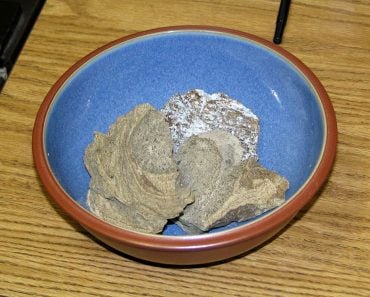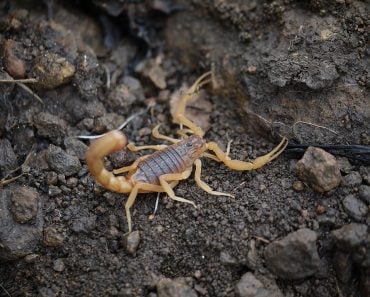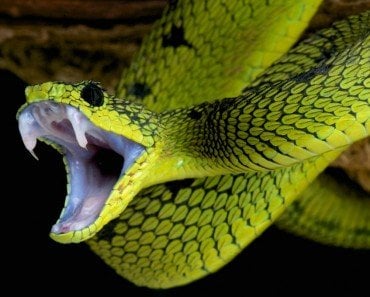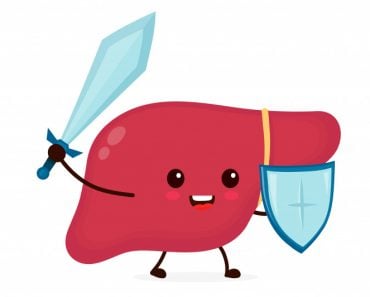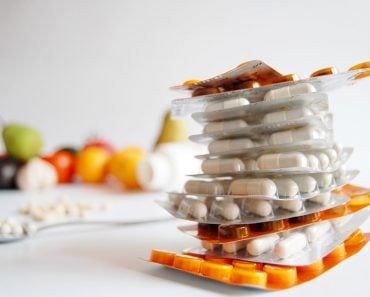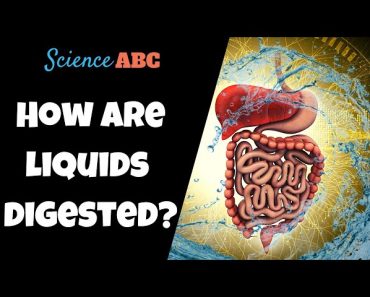The most expensive liquid in the world is scorpion venom. It’s cost is $ 10,302,700 per litre. The proteins found in it are used for the treatment of autoimmune disorders, such as inflammatory bowel disease, rheumatoid arthritis and multiple sclerosis.
When the word “expensive” is mentioned, people often imagine a shiny and valuable object made of gold or diamonds. Our brain tends to visualize something solid. However, several other things, in different states of matter, are more expensive than silver or gold.
In this context, let us focus on the state of matter that covers around 71% of Earth’s surface and 70% of the human body—liquids!
Recommended Video for you:
List Of Most Expensive Liquids In The World (In Ascending Order)
- Human blood – $400 per liter
- Gamma Hydroxybutyric Acid (GHB) – $660 per liter
- Black printer ink – $720 per liter
- Mercury – $900 per liter
- Insulin – $3,900 – $26,400 per liter
- Chanel No. 5 – $6,900 per liter
- Horseshoe crab blood – $15,850 per liter
- Lysergic acid diethylamide (LSD) – $32,500 per liter
- King Cobra venom – $40,400 per liter
- Scorpion venom – $10,302,700 per liter
Human Blood
We all have blood running through our arteries and veins. However, despite some people donating it every month for free, it is still quite expensive. When people donate blood directly, it is called ‘Whole Blood.’ Nowadays, however, most blood banks split the whole blood into two or more components, usually red blood cells and plasma. Blood becomes expensive due to the processing that takes place after donation and the amount of work that goes into it.
Even though many people donate their ‘Whole Blood’ for free, the cost of processing it can reach up to $400 per liter.
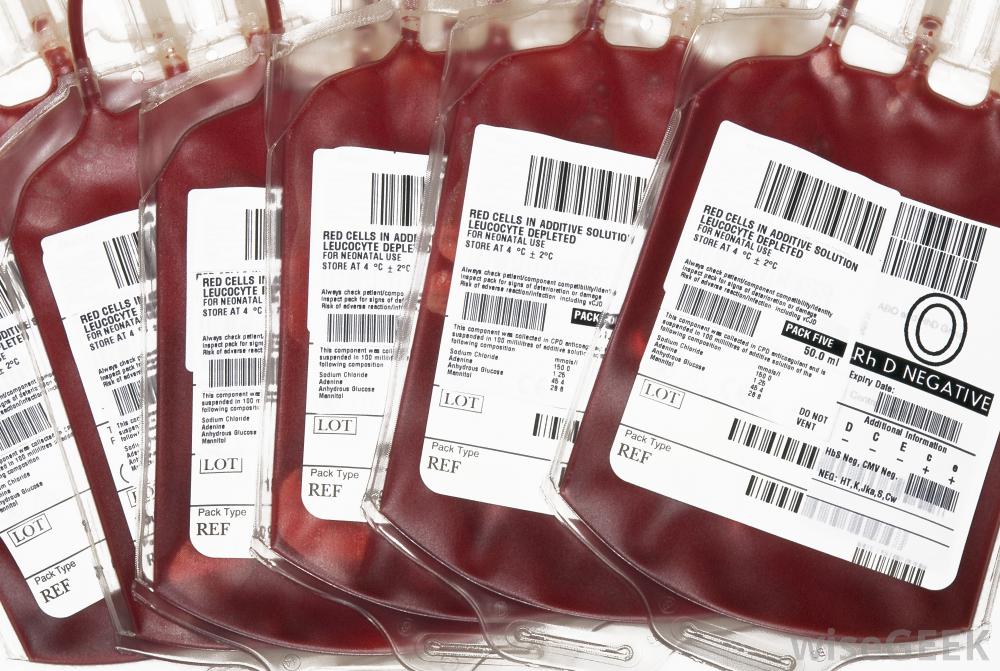
Gamma Hydroxybutyric Acid (GHB)
GHB, also known as 4-hydroxybutanoic acid, is primarily used as an anesthetic during surgeries to induce insensitivity to pain. It is also used in the treatment of conditions such as narcolepsy, cataplexy, and insomnia. Interestingly, due to fermentation, GHB is found in small quantities in beer, wine, beef, and small citrus fruits. However, the drug is more infamously known as the “Date Rape Drug” due to its ability to impair rational decision-making, even in small doses, making it difficult to detect. A liter of GHB costs around $660.
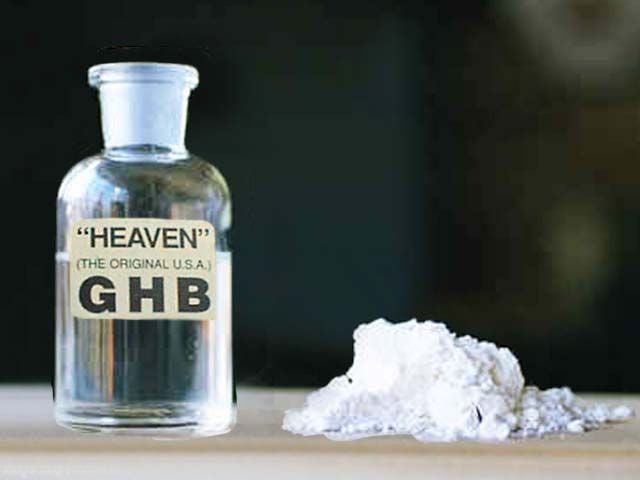
Black Printer Ink
Printers have become a routine part of our daily lives. But have you ever wondered why printer ink is so expensive? Although printers are quite affordable, a single ink cartridge can make them exceptionally pricey. This is because the printer manufacturers aim to make most of their profits from the ink cartridges that you purchase later. They also make it difficult for you to use third-party ink cartridges. Moreover, the high price of ink is justified by the huge amount of money companies invest in “Ink Research and Development” annually. As a result, the cost of ink can go as high as $720 per liter.
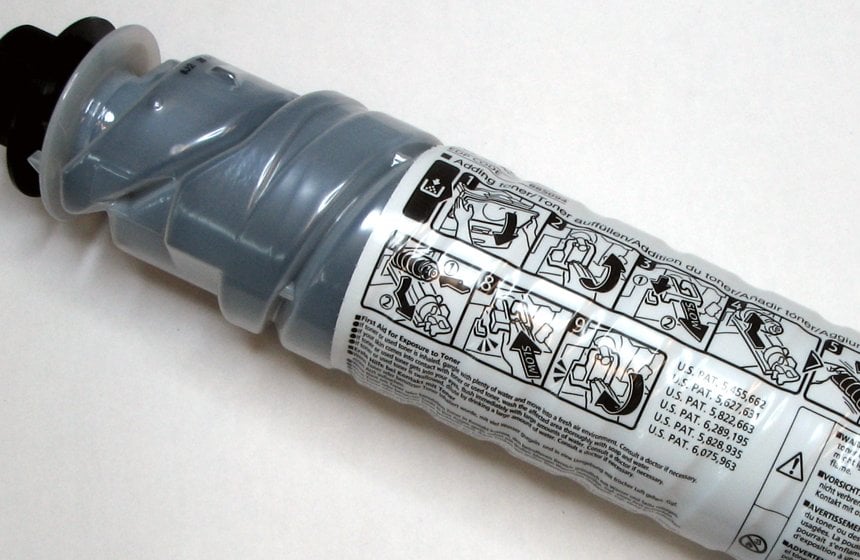
Mercury
We can find mercury very easily around us…. do you know where? In thermometers! Again, it doesn’t seem that expensive, does it? Well, as you may suspect, the quantity of mercury in those thermometers is very low, but that isn’t the real reason. The extraction and processing of mercury from the Earth’s crust is a very difficult and costly job. Mercury occurs in deposits throughout the world, but mostly in the form of cinnabar (mercuric sulphide), and has the added difficulty of being a metal in liquid form at room temperature. Cost = $900 per liter.
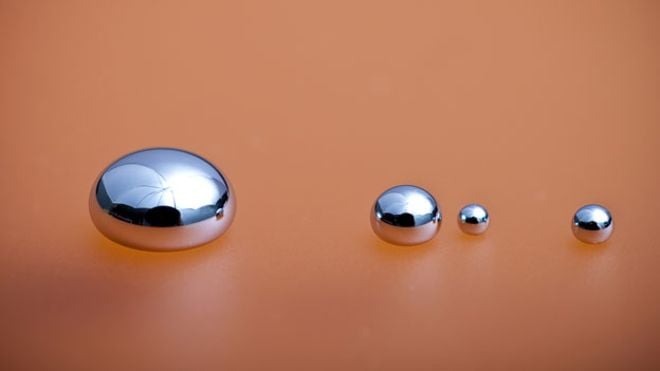
Insulin
Insulin is a hormone produced by the pancreas that regulates the metabolism of carbohydrates, fats, and proteins by promoting glucose absorption from the blood. Various diseases can occur if our body produces low insulin, including diabetes, insulinoma, metabolic syndrome, etc. In these situations, insulin is provided to the body by an outside source in the form of biosynthetic human insulin, which certainly doesn’t come cheap. Cost = $3,900 – $26,400 per liter.
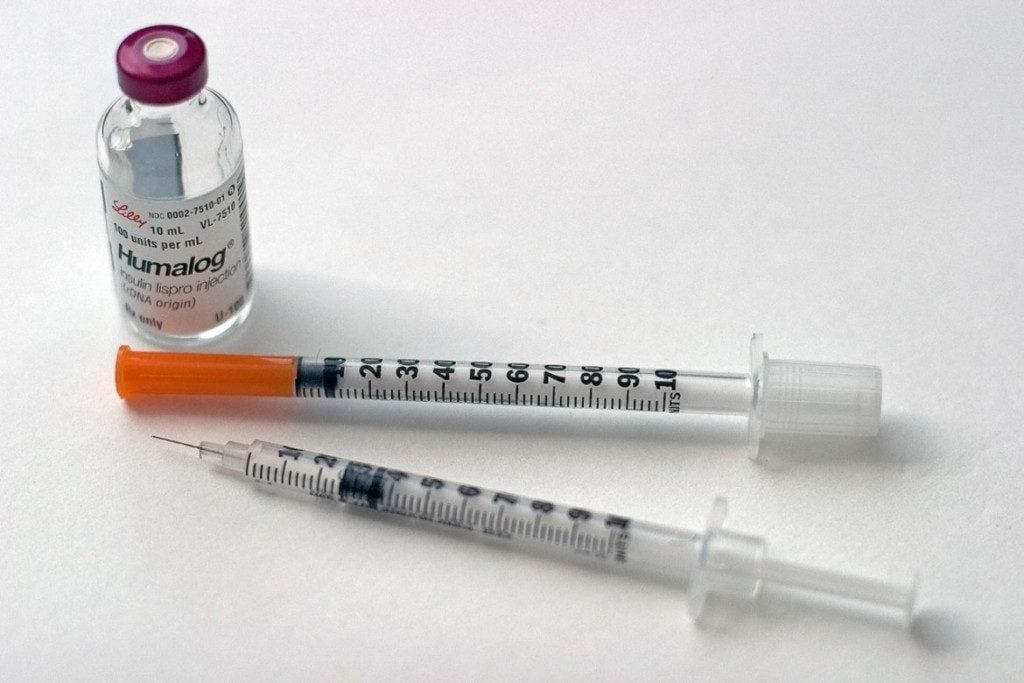
Chanel No. 5
This list mainly includes liquids that are used for medicinal purposes. However, one member of the list is not used as a medicine but for a completely different purpose. Chanel No. 5, the most expensive perfume ever made, is marketed as the flagship product that has withstood generations of rivals. It was first produced in 1922 through the collaboration of chemist Ernest Beaux and Coco Chanel. Beaux used aldehydes to create an unmistakable and fantastic scent. The cost of this perfume is $6,900 per liter.
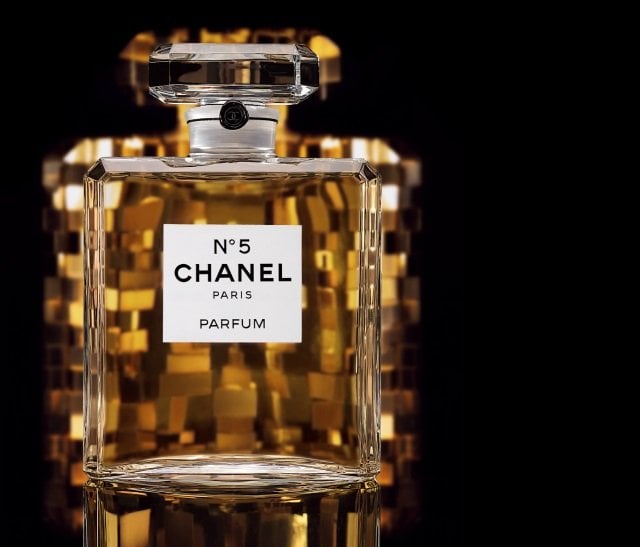
Horseshoe Crab Blood
Extracting the horseshoe crab’s blood involves catching and ‘bleeding’ the animals, after which they are released. Their blood does not contain hemoglobin but instead has hemocyanin, which makes the color of their blood blue. Their blood is used for the detection of bacterial endotoxins in medical applications. Cost = $15,850 per liter.
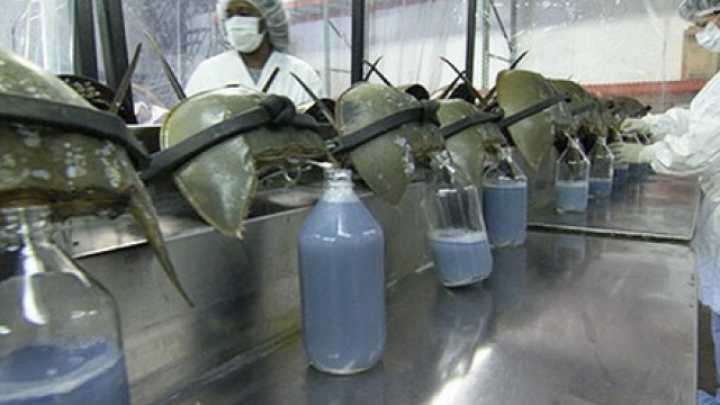
Lysergic Acid Diethylamide (LSD)
LSD, also known as acid, is a type of drug known for its psychological effects, including hallucinations, changes in awareness, and paranoia. It is commonly synthesized by reacting diethyl amine with lysergic acid. A single dose of LSD is between 40-500 micrograms, roughly equal to one-tenth the mass of a grain of sand, but that’s enough to send Alice on a trip to Wonderland and back! Cost = $32,500 per liter.
King Cobra Venom
With the potential to kill a full-grown elephant, this venom is one of the deadliest in the world. Even so, people take the risk and harvest this venom, as it contains a very unique protein, Ohanin. Ohanin is best used as the raw material to manufacture a painkiller that is 20 times more potent than morphine without any of its observable side effects. Cost = $40,400 per liter.
Scorpion Venom
Scorpions have venom, which they primarily use to kill or paralyze their prey. Although they could use brute force to kill their prey, venom is a reliable and handy tool. For humans, the proteins found in scorpion venom are used to treat autoimmune disorders such as rheumatoid arthritis, inflammatory bowel disease, and multiple sclerosis. The cost of one liter of this venom is $10,302,700.
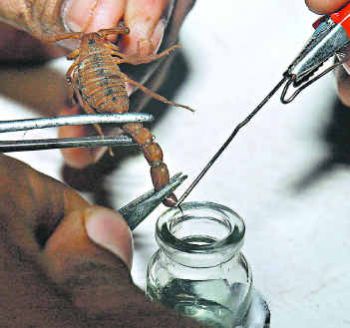
Last Updated By: Ashish Tiwari
References (click to expand)
- Uzair, B., Bint-e-Irshad, S., Khan, B. A., Azad, B., Mahmood, T., Rehman, M. U., & Braga, V. A. (2018, September 6). Scorpion Venom Peptides as a Potential Source for Human Drug Candidates. Protein & Peptide Letters. Bentham Science Publishers Ltd.
- Where the Printer Gets His Ink.
- O'CONNELL, T. E. D., Lily Kaye, and JOHN J. PLOSAY III. "Gamma-hydroxybutyrate (GHB): a newer drug of abuse." American family physician 62.11 (2000): 2478-2482.
- Gorman, Richard. "Atlantic horseshoe crabs and endotoxin testing: perspectives on alternatives, sustainable methods, and the 3Rs (replacement, reduction, and refinement)." Frontiers in Marine Science 7 (2020): 582132.
- Pung, Y. F., Wong, P. T. H., Kumar, P. P., Hodgson, W. C., & Kini, R. M. (2005, April). Ohanin, a Novel Protein from King Cobra Venom, Induces Hypolocomotion and Hyperalgesia in Mice. Journal of Biological Chemistry. Elsevier BV.
- Baskaran, M., et al. "A critical analysis of lysergic acid diethylamide in the present light!."

